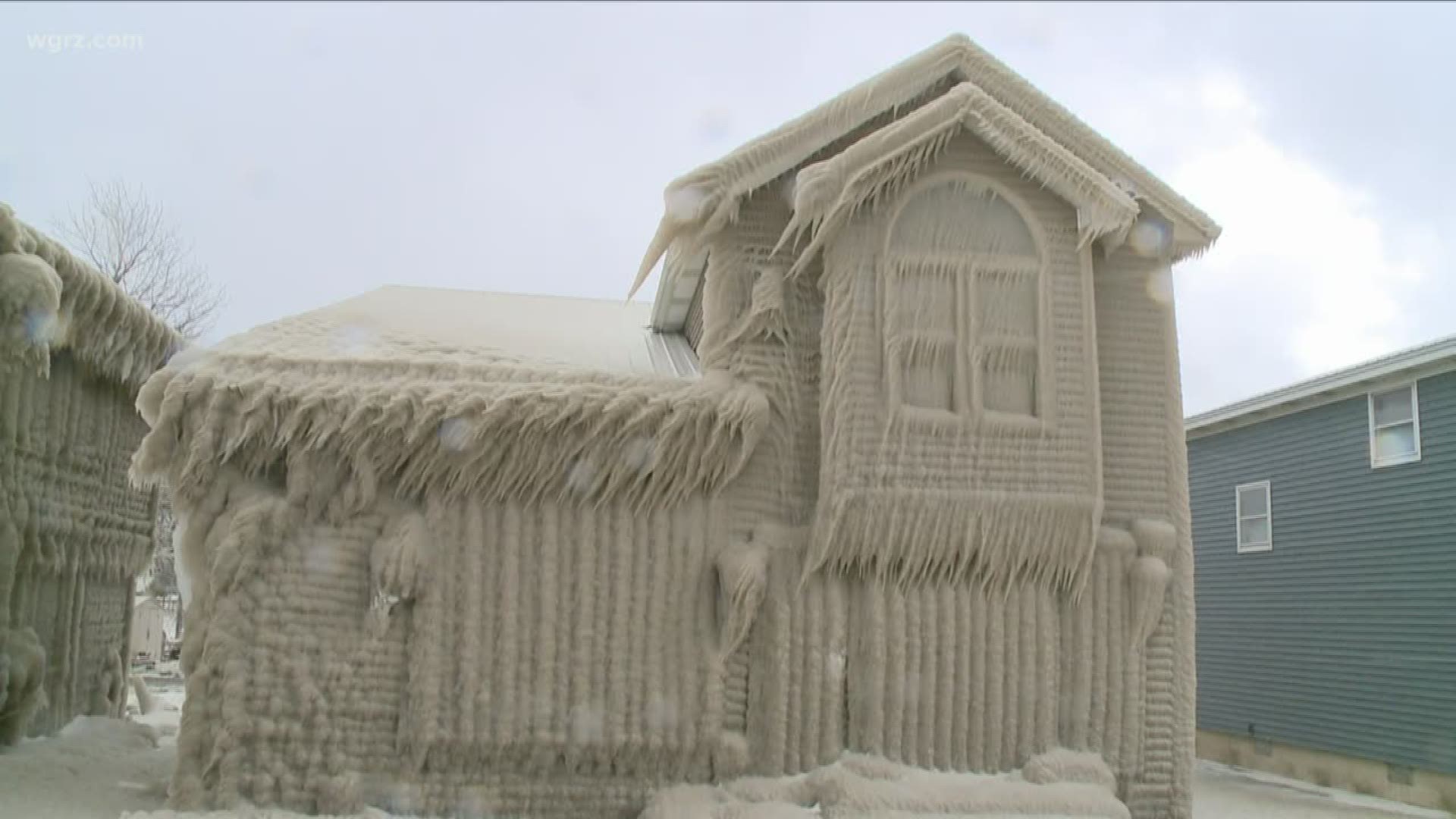Table Of Content

The ice blocks were covered with sawdust and straw in order to protect perishable foods through the summer. Our reconstructed Ice House was built in 2018 adjacent to the original foundation that had been marked off using ground-penetrating radar (GPR). The original foundation was uncovered during an archaeological dig conducted during the summer of 1982. Water is often channeled from a qanat to a yakhchāl, which is used to fill the provisioning pools or used to power the evaporative cooling throughout the ice house. Incoming water is channeled along the north side of the wall so that radiative cooling in the wall's shadow pre chills the water before it enters the yakhchāl (as pictured at the yakhchāl at Kowsar). Ice is then brought from either the ice pools covered by the walls, or from nearby mountains to be stored in the reservoir.
Icehouse
The harvested ice was cut into large blocks and stored in ice houses, insulated structures designed to maintain the ice’s integrity. Ice blocks were typically harvested from frozen bodies of water during winter and transported to the ice house. They were then stacked in layers, with insulating material such as straw or sawdust placed between each layer to prevent melting. To ensure a reliable supply of ice, many ice houses were located near bodies of water such as lakes or rivers.

Yakhchāl
Thomas Jefferson had a problem with his self-designed ice house around 1806, namely keeping his ice house dry and filled. ”About a third is lost to melting.”[1] Thereafter, it was imperative to catch the water that was in the ice house. Jefferson filled the ice house with snow to insulate the ice and keep it from melting, and still men were employed to empty it. Jefferson wrote to his overseer, to harvest from the nearby Rivanna River.
This Old House main menu
Ice was often imported into the UK from Scandinavia until the 1920s, although from around 1900 the import of ice declined sharply owing to the development of factories in the UK where ice was made artificially. Usually, only large mansions had purpose-built buildings to store ice. Many examples of ice houses exist in the UK, some of which have fallen into disrepair. Attached with clips along the roof’s edge in a zigzag pattern, heated cables help prevent ice dams that lift shingles and cause leaks.
This allowed people to have access to fresh food even during the warmer months, minimizing spoilage and extending the shelf life of various products. An ice house (also known as ice well, ice pits or ice mounds) is a building for storing ice throughout the year. They date before the invention of the electricity and the modern refrigerator. Ice house is usually located partly or completely underground and often built near the natural sources of ice in winter like rivers and freshwater lakes. During the winter, ice and snow would be taken into the ice house and insulated against melting with straw or sawdust. It would stay frozen for many months, even until the following winter.
For Margaret Cho, the club’s first big headliner to perform Thursday night, the details in a comedy club make the comic’s experience and the fan experience feel like they’re being taken seriously. It’s also a place where he dreams of discovering the next big star. “It’s a little easier for me with the club because the Ice House has a legendary history. My phone rings off the hook when people want to perform,” Toler said.
After Successful First Year, Newtown Ice House Closing For The Season - Patch
After Successful First Year, Newtown Ice House Closing For The Season.
Posted: Sun, 01 Oct 2023 07:00:00 GMT [source]
The Future of Texas Icehouses
Another seating area with views of the garden was designed for more intimate dining, games, or meetings, and it’s illuminated by a Murano glass chandelier. At the far end of the room, Levine installed a lush purple sofa with cocktail tables, creating the perfect spot for drinks, dessert, or relaxing with a cup of coffee. The most distinctive feature of an icehouse was its tall loading door that started at ground level and extended almost to the peak of the roof. Below are photos of some of the ice houses that were in Falmouth or Woods Hole.
Hold the outside blocks eight to twelve inches from the walls and–as each tier is finished–fill in and around it with sawdust and cover each layer of ice with four to six inches of the ground wood. Repeat until the ice-sawdust is stacked to within a foot of the ceiling (and finished off, of course, with a layer of sawdust). Iceboxes appeared in English and American homes with the ice trade in the nineteenth century. They were wooden boxes insulated with sawdust, cork, or even seaweed and lined with tin, zinc, or another non corroding metal.
Minnesota DNR urges safety on ice house removal deadline - FOX 9 Minneapolis-St. Paul
Minnesota DNR urges safety on ice house removal deadline.
Posted: Mon, 04 Mar 2024 08:00:00 GMT [source]
How This Desert City Stays Cool With An Ancient Air Conditioning System
Jerome Thiebault created a polished and petite bathroom complete with storage and a shower. Troweled cement plaster was applied to the walls, and handcrafted Zia tile adds pattern to the floor. The event draws more than 25,000 guests each year and offers several dining spaces, including Roe Japanese Fusion, the Tudor Rose Bistro, and Wattle & Daub Tavern. The Shops at the Showcase offer an array of merchants, from handmade jewelry to artisanal chocolates, and are also home to the Shops’s Wine & Cheese Bar. The landmark mansion was built in 1902 by architect Joseph J. Blick for Gertrude Potter Daniels, who paid $15,000 for the shingle-style home.
Wallpaper was added to the ceiling and the backs of the bookcases, and heavy wood blinds were replaced with soft draperies and Roman shades to make the space feel lighter. The firm used a mix of fabrics and wall coverings by Ralph Lauren Home from Designers Guild throughout the space. Once you’ve settled on a size for your building, plan to locate the structure near your main house in as shady a spot as possible. Or you can always build a trellis over the building later and train ivy or other vines to cover the latticework.
In 1905, Susanna Bransford Emery-Holmes—known as the Silver Queen thanks to the source of her late husband’s fortune—purchased the home and soon made it her own. In 1922, she spent $37,000 to have the Postle Company of Los Angeles, who also built the Pasadena Playhouse, remodel it into an English Tudor Revival–style mansion, giving it the regal exterior that remains today. As the Pasadena Showcase House of Design enters its 59th year, it’s returning to a familiar setting.

No comments:
Post a Comment